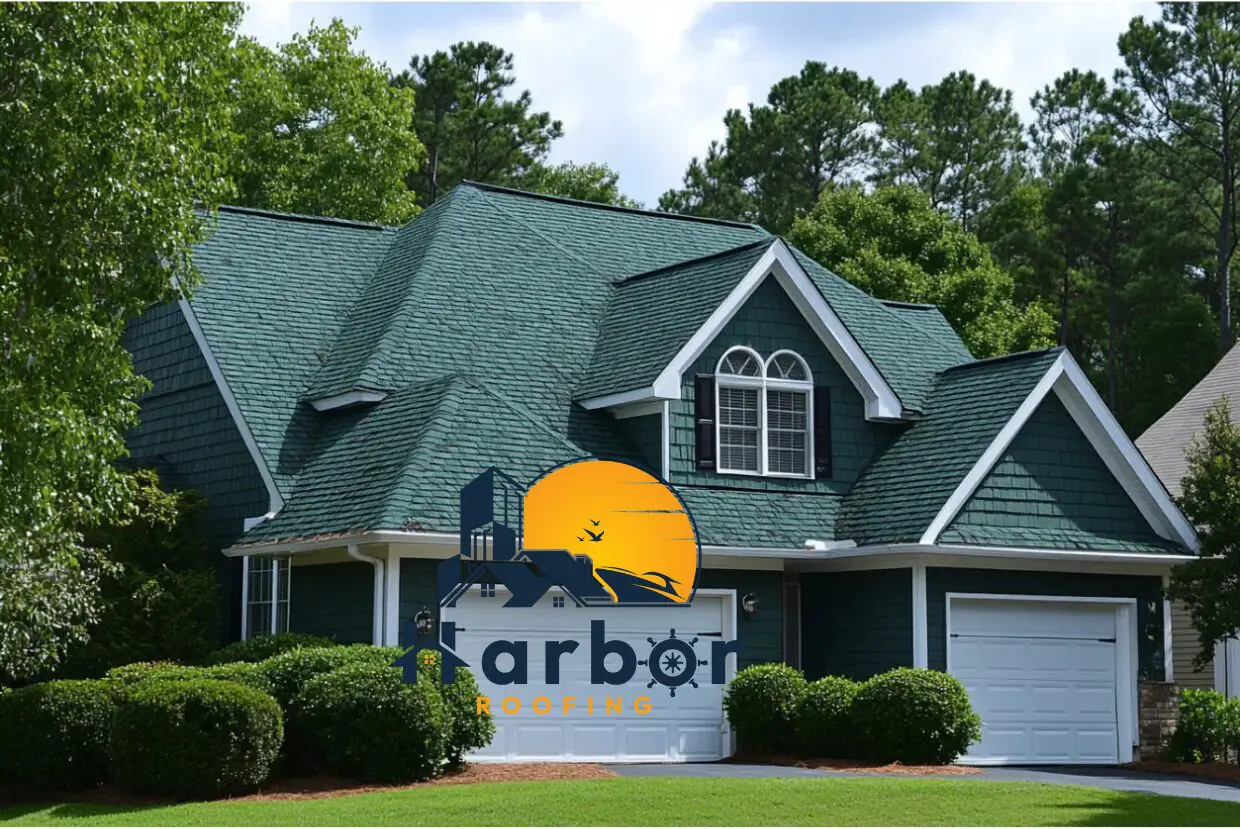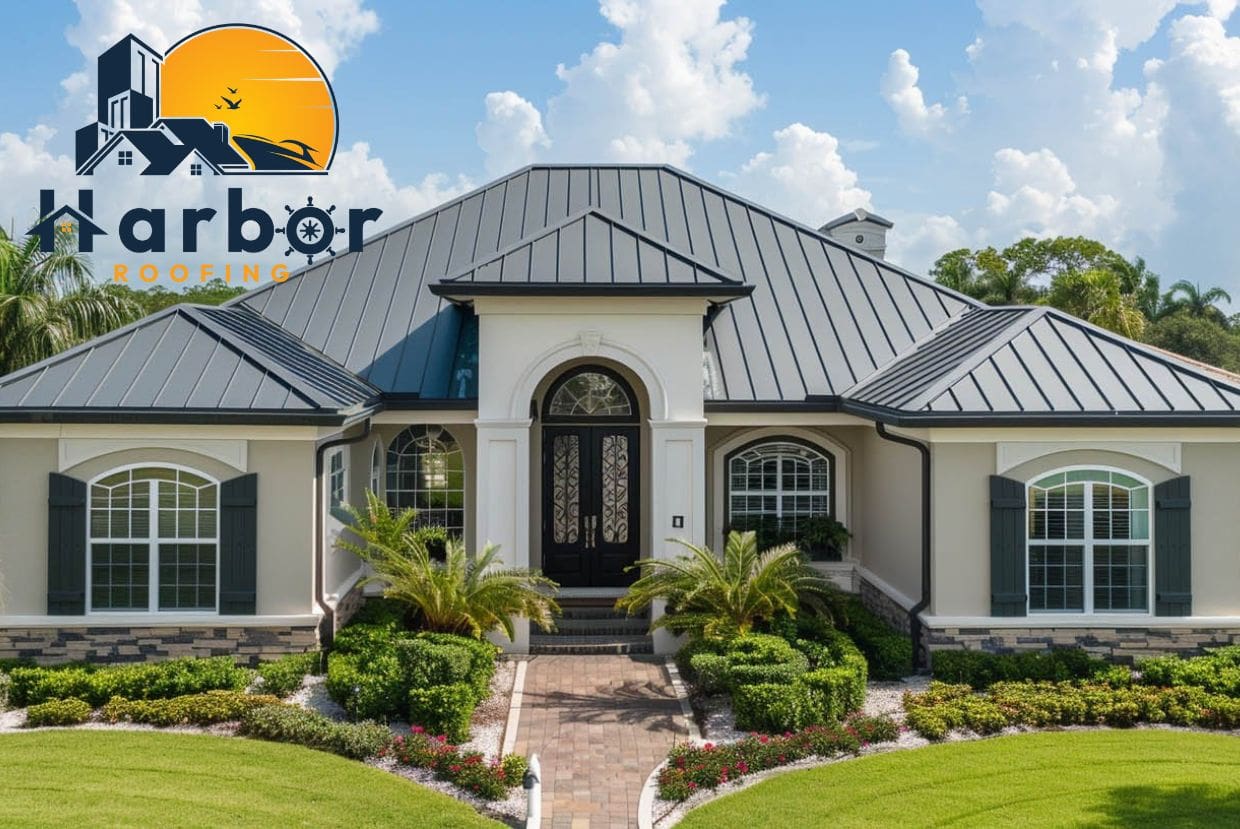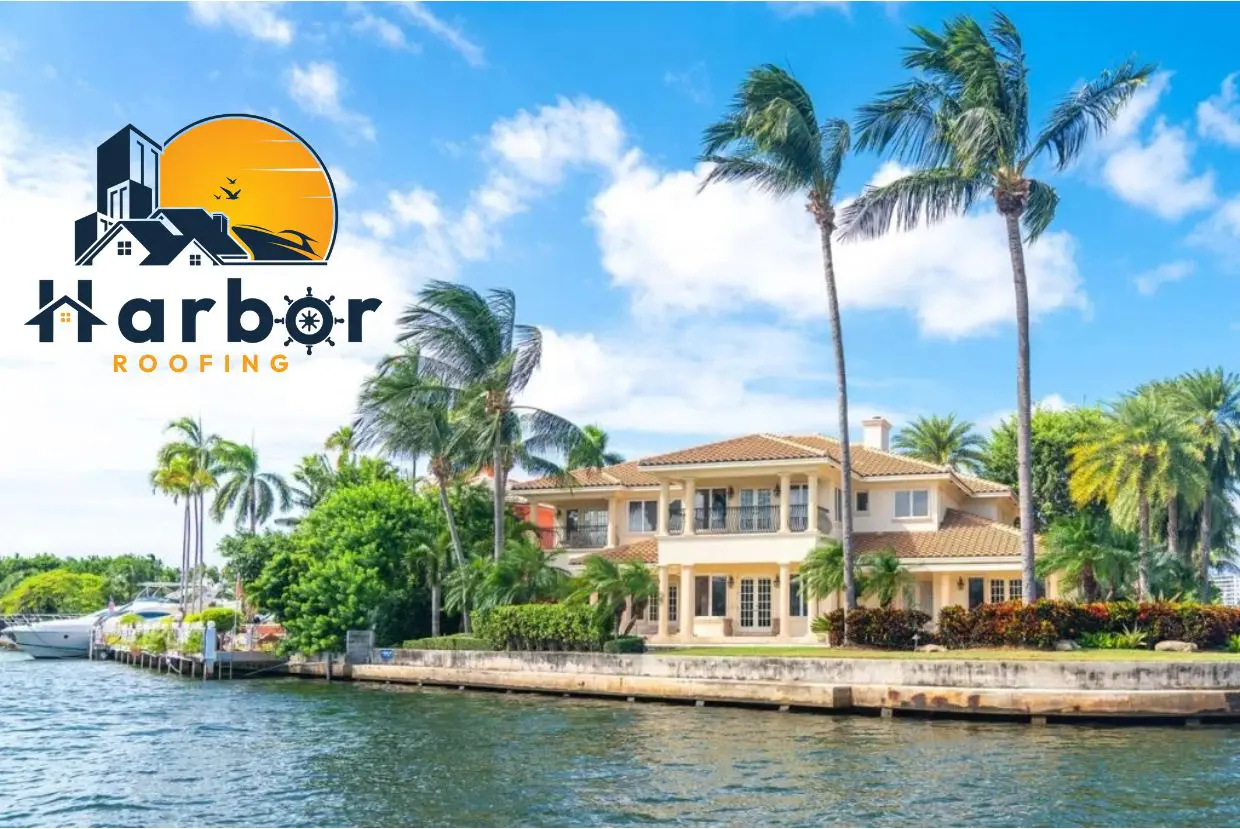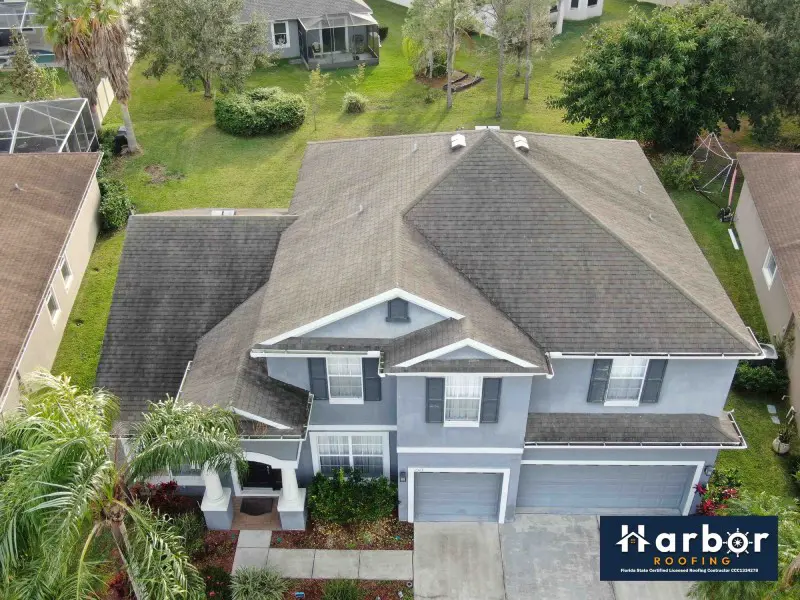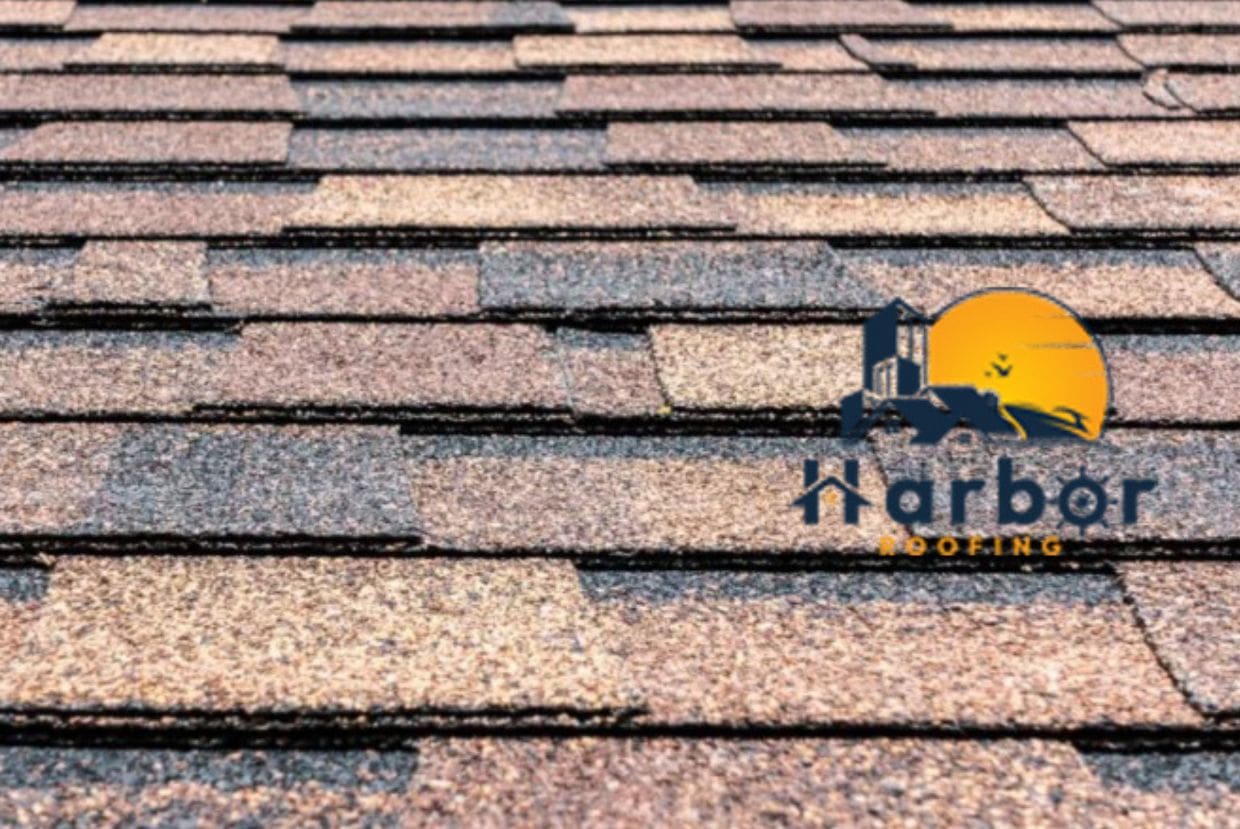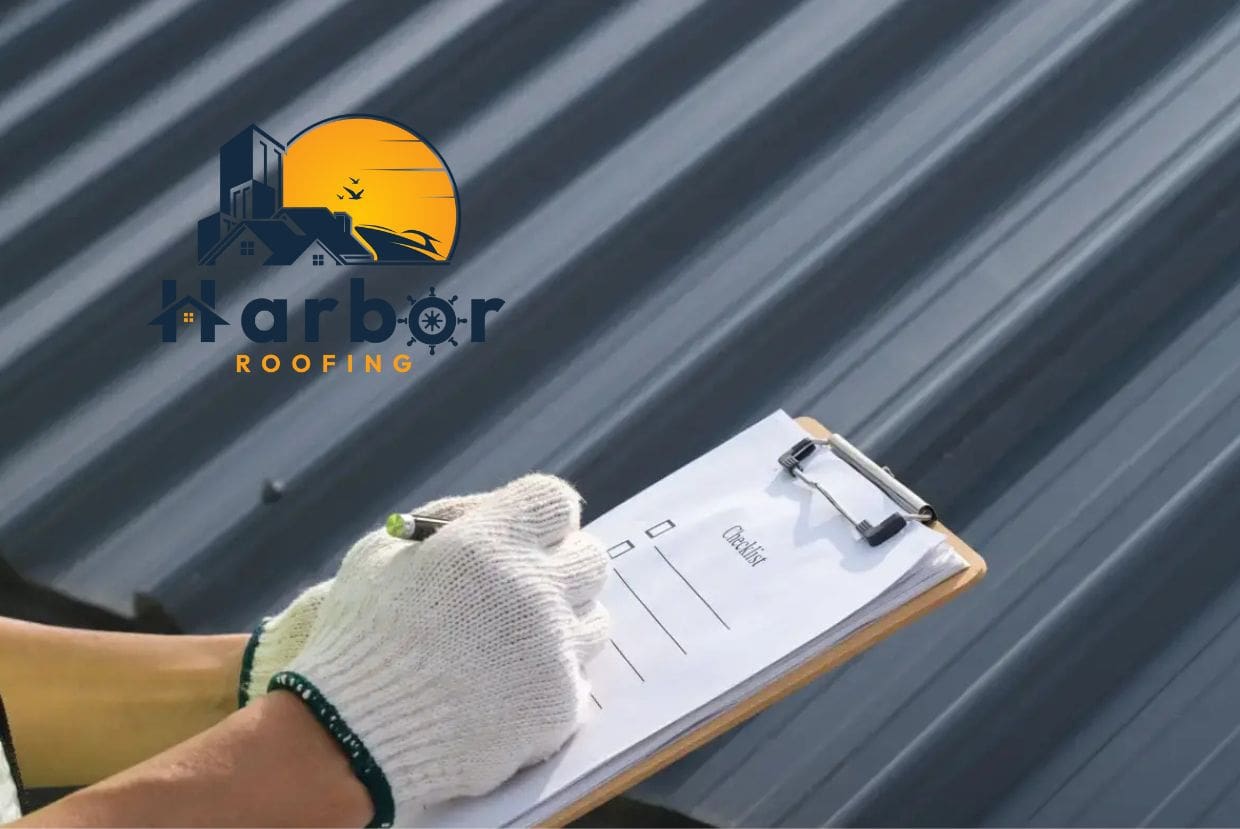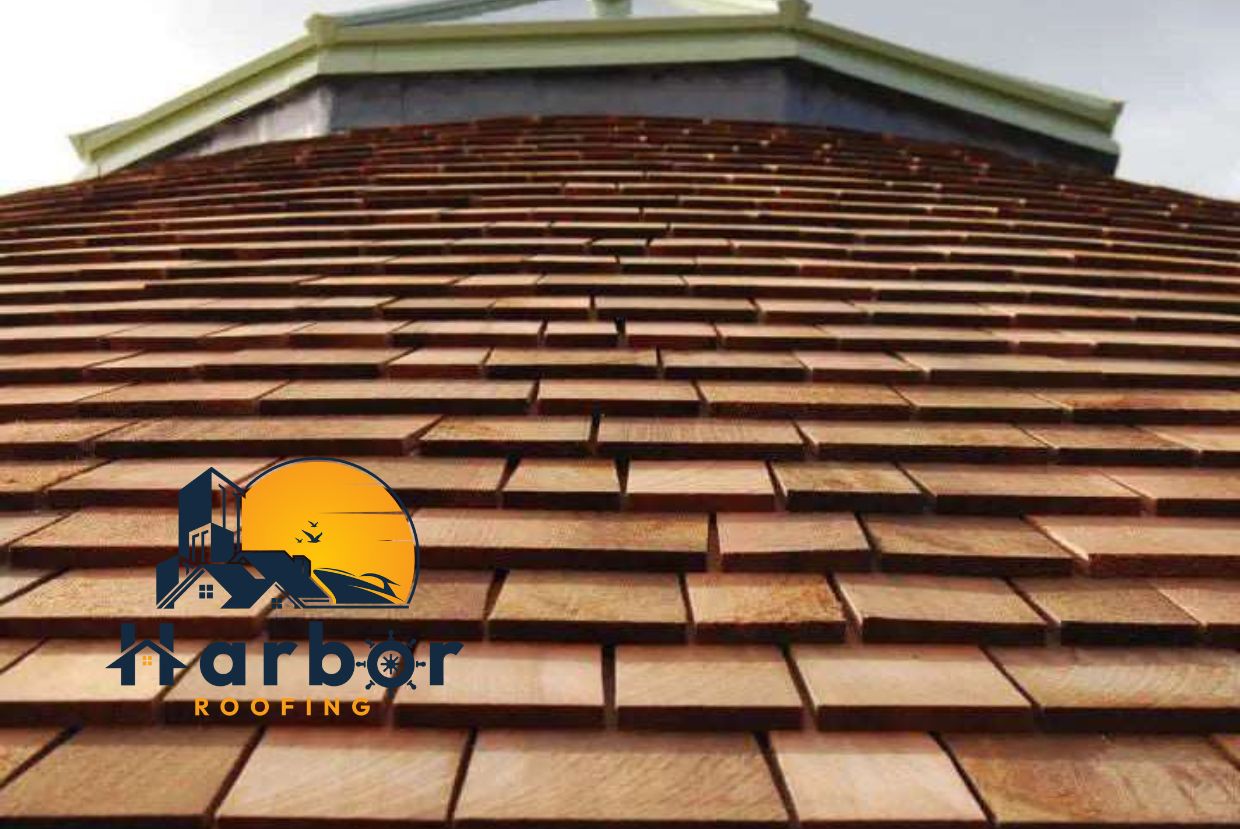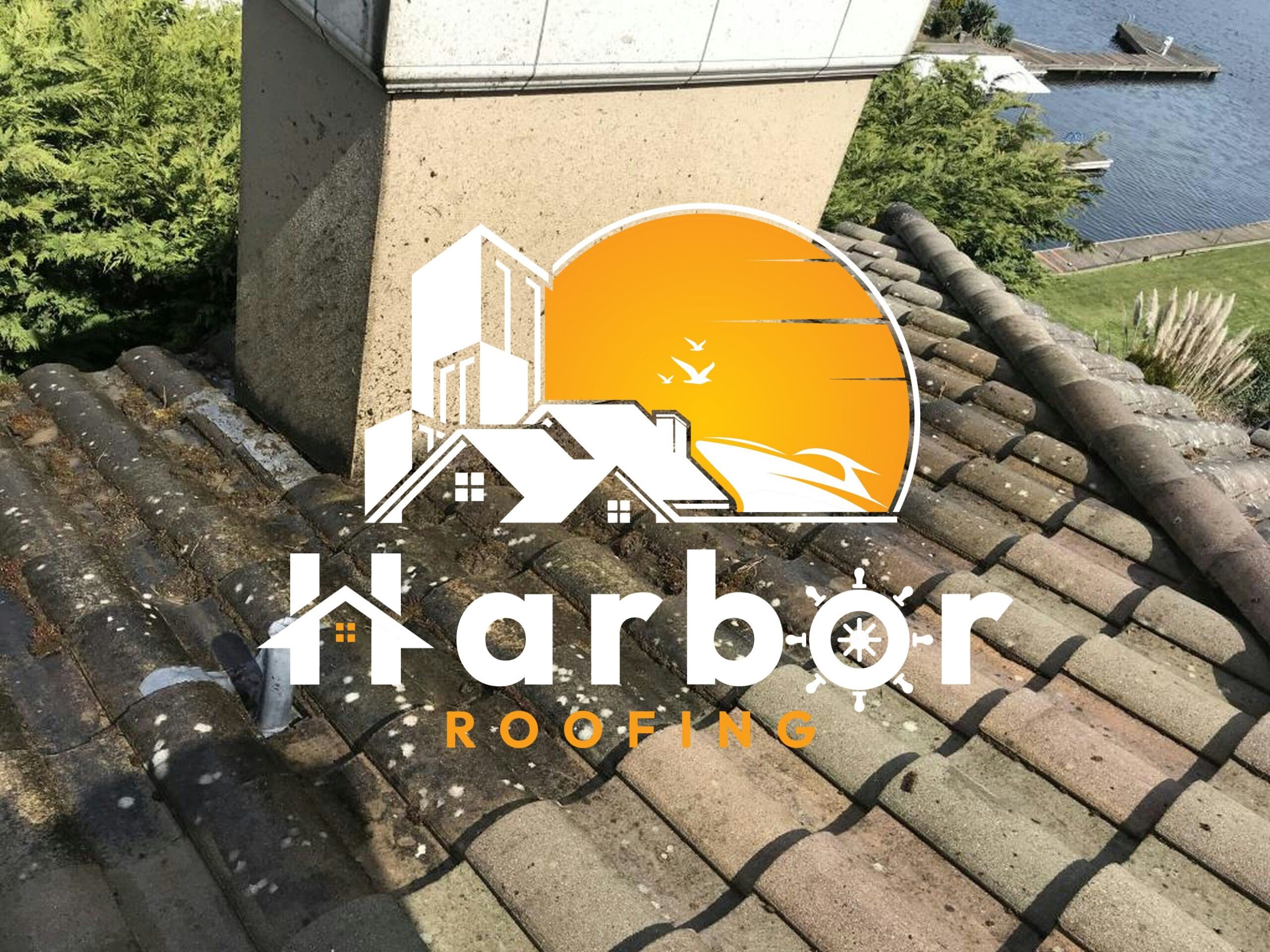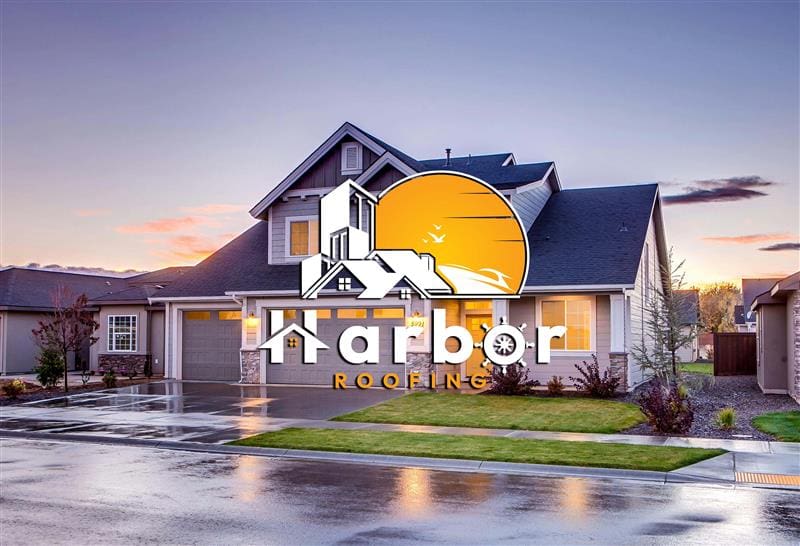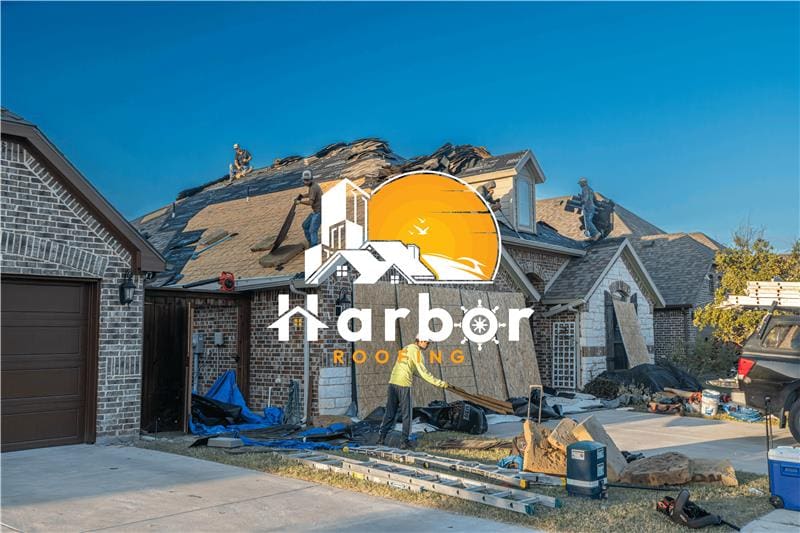We have seen extreme cases of hurricanes and the damage they cause. The winds are so intense they sometimes tear the roof’s truss off the walls of a building. So, before the arrival of a hurricane, some homeowners install hurricane straps on their roofs to fight off the pressure of the wind and minimize hurricane damage. Are you a homeowner who doesn’t know what hurricane straps are and why you need them?
In this article, we will tell you everything you need to know about hurricane straps. This includes their types, benefits, and why you need them. Are you ready to be enlightened? Let’s dive in then.
What are Hurricane Straps?
Hurricane straps are metal connectors with openings for fasteners that serve as a roof seatbelt that holds things in place and reduces the impact of high wind. They are usually made from galvanized or stainless steel and help clip a building’s roof to its wall to improve a structure’s integrity, especially in adverse weather conditions. Hurricane straps are critical features of a building, especially in hurricane-prone areas. They are also called hurricane clips or ties.
These components give greater resistance to forces that can pull the roof truss away from the wall by forming a load path that is more direct from the roof to the home’s foundation. The quantity of nails in a strap determines its level of effectiveness. Hence, we recommend seeking help from a structural engineer and skilled roofer to decide whether your hurricane ties have enough nails.
Types of Hurricane Clips
Hurricane straps come in varieties, each designed to give varying support levels and mount for different parts of a home structure. The following are some of the most prevalent hurricane straps:
- Rafter-to-top-plate straps: They are ideal for securing roof rafters to the wall’s top plate. Roofers typically install rafter-to-top-plate straps at an angle that gives extra resistance to pulling uplift pressure during intense winds.
- Truss-to-top-plate straps: Roofers use this hurricane strap to hold the roof trusses tightly to the wall’s top plate. They are similar to rafter-to-top plate straps. Roofers install them at an angle that gives additional resistance to forces that may lift the roof trusses.
- Ridge straps: Roofing experts install this type of strap at the roof’s apex to provide extra support against uplift forces that may separate the roof from the walls during high winds.
- Tension tie straps: Homeowners use them to fasten the walls to their home’s foundation. Roofers typically install them diagonally and give resistance against uplift and lateral forces.
- Sheathing clips: Roofing professionals install sheathing clips between the rafters or trusses and roof sheathing for additional resistance against uplift pressure.
- Continuous load path systems: These systems combine different types of hurricane ties and create a steady load path from the home’s roof to its foundation. They offer the most protection against wind damage.
Benefits of Hurricane Straps for Homeowners
- Improved safety: Hurricane clips significantly improve a home’s structural integrity, lowering the risk of your roof coming off during intense winds.
- Rise in property value: Potential homebuyers usually consider homes with hurricane straps more valuable and desirable. This increases the market value of your property.
- Insurance discounts: A good number of insurance companies give discounts on insurance premiums for homes with hurricane straps. Such discounts help to save money significantly in the long run.
- Assurance and peace of mind: A kind of peace and assurance comes with knowing that your roof has extra fortification against high winds during a hurricane. It puts your mind at ease and lets you focus on other relevant things.
- Adherence to building codes: When you install hurricane straps on your roof, your home complies with the local building codes and regulations. Fulfilling this requirement will come in handy for permit applications and property sales.
How Much Do Hurricane Straps Cost?
The cost of installing hurricane straps on a home of average size varies. The difference depends on several factors like location, cost of local labor, and the type and size of the hurricane straps. Hurricane straps cost between $500 and $2,500. In some cases, they cost more, with an average cost of $1,500. This cost may cover the cost of labor, materials, and the required inspections or permits.
Remember, the price variation may be significant, depending on your location and home’s specifics. That’s why we recommend getting a quote from a certified professional in your locality for a more precise estimate.
Conclusion
Hurricane straps shouldn’t be negotiable for you if you live in an area that experiences intense winds or is prone to hurricanes. They are essential in giving your roof extra security and resistance to the pulling force of the wind, preventing damage to your property. They also ensure your family’s safety and comfort. There are different types and sizes of hurricane clips. Each is created for diverse parts of a home to give different levels of security and support.
You might be tempted to install hurricane clips via DIY. If this is your plan, we say, “Abort mission!” Don’t do it; hire a professional to do an excellent job instead. A skilled roofing contractor will ensure the installation complies with the local building codes and regulations. Hurricane straps will enhance your roof’s lifespan if you install and maintain them properly. They will also give you assurance and peace of mind.
Frequently Asked Questions
Why install hurricane clips?
Hurricane clips help your roof resist the uplift forces of wind. So, suppose your home is somewhere that experiences high winds or areas prone to hurricanes. In that case, they are an essential component for your roof. If you still aren’t convinced or are unsure that you need them, consult an experienced roofing contractor for guidance.
What is the difference between a hurricane tie and a joist hanger?
Joist hangers support a beam or joist’s weight by offering downward force resistance. They provide vertical load support, while hurricane ties provide lateral support against uplift forces and lateral loads.
